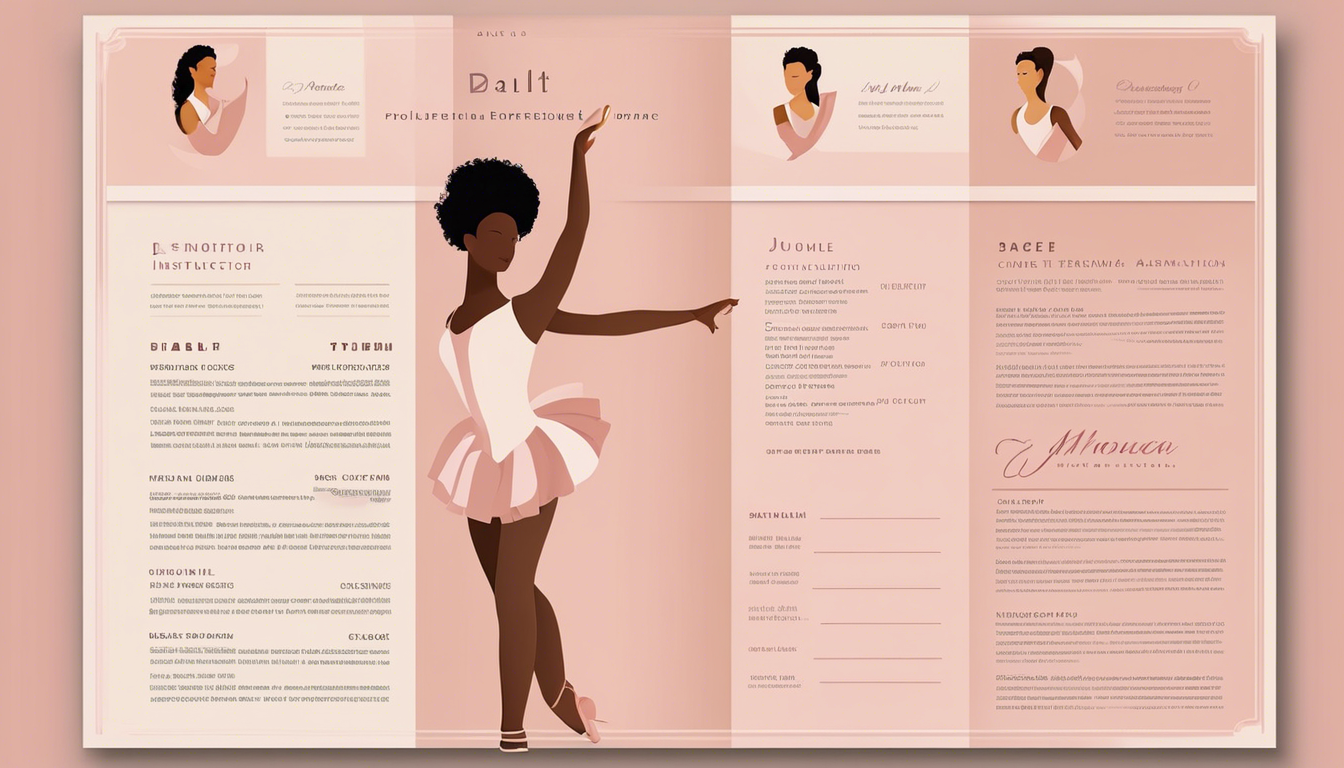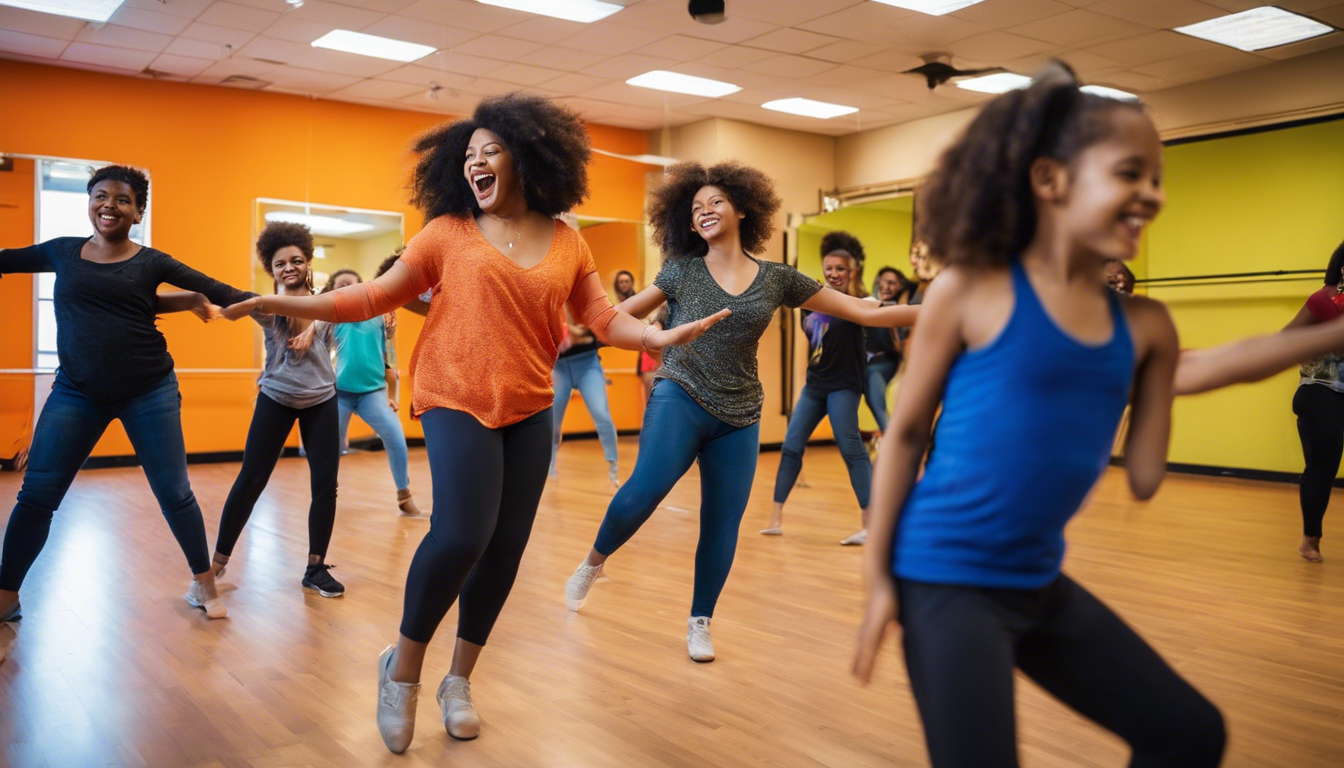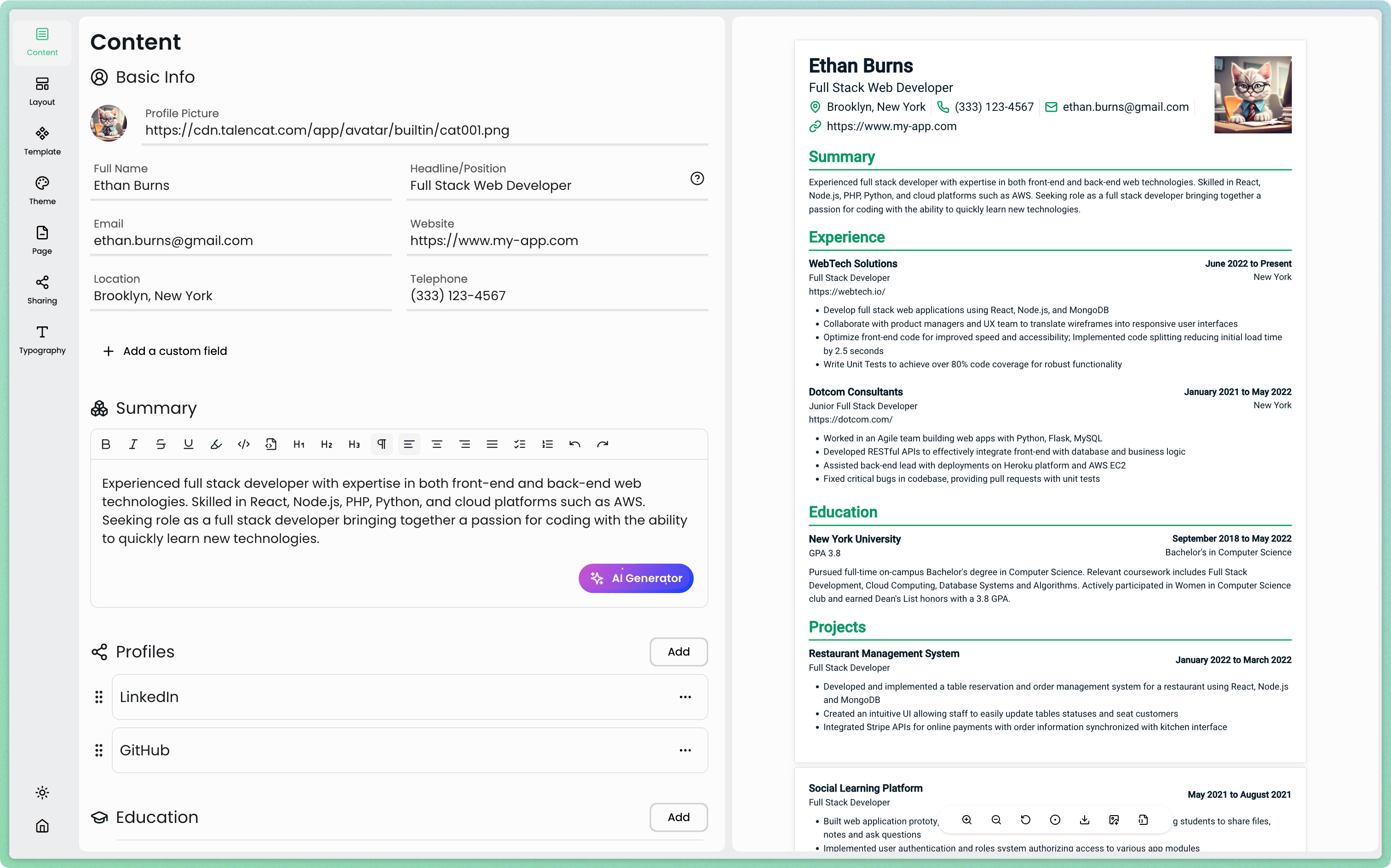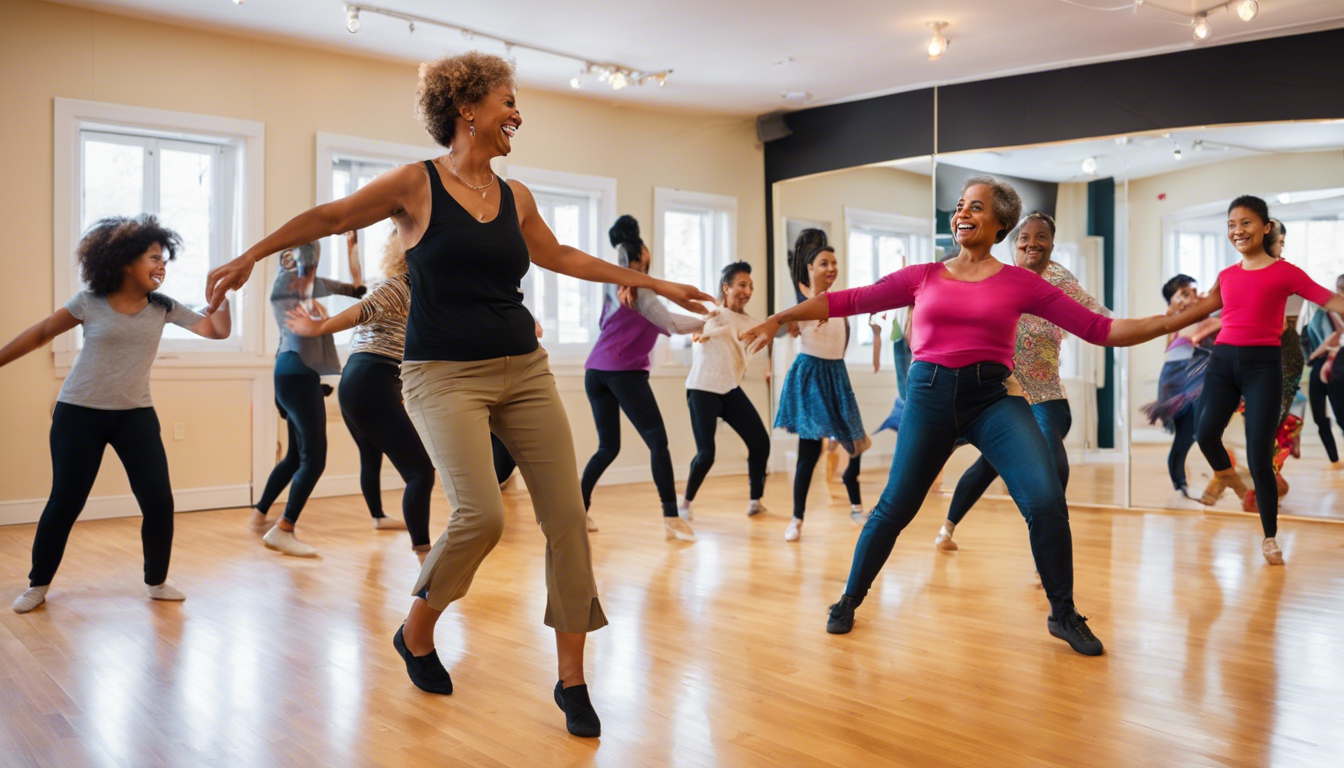Dance instruction is a vibrant and rewarding career path that combines the passion for movement with the art of teaching. For those who have a deep love for dance and a desire to share their knowledge with others, becoming a dance instructor offers a unique opportunity to inspire, educate, and shape the lives of students across various age groups and skill levels. This comprehensive guide will explore the multifaceted world of dance instruction, providing valuable insights into the roles, responsibilities, and opportunities available in this dynamic field.
As we delve into the intricacies of dance instructor jobs, we'll examine the diverse settings where these professionals work, the essential skills required for success, and the current job market trends. Whether you're an experienced dancer looking to transition into teaching or an aspiring instructor seeking to understand the landscape of dance education, this article will serve as a roadmap to navigate your career in dance instruction.
Dance Instructor Resume Guideline:

Introduction to Dance Instructor Jobs
Overview of Dance Instruction
Dance instruction is a profession that encompasses teaching various dance styles, techniques, and choreography to students of all ages and abilities. Dance instructors play a crucial role in introducing individuals to the world of dance, helping them develop their skills, and fostering a lifelong appreciation for the art form. These professionals work in a variety of settings, from traditional dance studios to educational institutions and community centers, adapting their teaching methods to suit the needs of their students and the goals of their programs.
The field of dance instruction is as diverse as the dance styles it encompasses. Instructors may specialize in classical forms such as ballet, jazz, or tap, or focus on contemporary and cultural dances like hip-hop, salsa, or ballroom. Some instructors choose to teach a broad range of styles, while others may concentrate on a specific genre or technique. Regardless of their specialty, all dance instructors share a common goal: to impart knowledge, inspire creativity, and nurture the physical and artistic development of their students.
Importance of Dance Instructors in the Community
Dance instructors play a vital role in their communities, extending far beyond the confines of the dance studio. They serve as mentors, role models, and advocates for the arts, contributing to the cultural and social fabric of society in numerous ways:
- Promoting Physical Health: Dance instructors encourage physical activity and fitness, helping students develop strength, flexibility, and coordination.
- Fostering Creativity: Through dance, instructors nurture creative expression and artistic growth in their students.
- Building Confidence: As students master new skills and perform, dance instructors help build self-esteem and confidence.
- Preserving Cultural Heritage: Many dance forms are deeply rooted in cultural traditions, and instructors play a crucial role in preserving and passing on this heritage.
- Creating Community: Dance classes and performances bring people together, fostering a sense of community and shared experience.
- Developing Life Skills: The discipline, teamwork, and perseverance learned in dance classes translate to valuable life skills.
- Supporting Mental Health: Dance can be a powerful tool for stress relief and emotional expression, with instructors guiding students through this therapeutic process.
By fulfilling these roles, dance instructors become integral members of their communities, enriching the lives of their students and contributing to the overall well-being of society.
Types of Dance Instructor Positions
The field of dance instruction offers a wide array of career opportunities across various settings. Understanding the different types of positions available can help aspiring dance instructors identify the path that best aligns with their skills, interests, and career goals.
Dance Instructor Roles in Different Settings
Dance Studios
Dance studios are perhaps the most traditional setting for dance instructors. These specialized facilities offer classes in various dance styles for students of all ages and skill levels. In a studio setting, dance instructors may:
- Teach multiple classes per day across different age groups and skill levels
- Specialize in one or more dance styles
- Prepare students for competitions and performances
- Develop choreography for recitals and showcases
- Assist in studio management and administrative tasks
Working in a dance studio often provides instructors with the opportunity to build long-term relationships with students and watch their progress over time. It also allows for a high degree of creative freedom in developing class content and choreography.
Schools and Educational Institutions
Many schools, from elementary to university level, incorporate dance into their curriculum. Dance instructors in educational settings may:
- Teach dance as part of a physical education program
- Lead after-school dance clubs or programs
- Instruct dance majors at the college level
- Collaborate with other departments for interdisciplinary projects
- Prepare students for school performances and events
Teaching dance in schools often requires additional certifications or degrees in education. However, it can offer more stable employment and benefits compared to other dance instruction settings.
Community Centers
Community centers and recreational facilities frequently offer dance classes as part of their programming. Dance instructors in these settings may:
- Teach beginner-level classes to introduce community members to dance
- Lead fitness-oriented dance classes for adults
- Organize dance events and workshops for the community
- Work with diverse populations, including seniors and individuals with disabilities
- Collaborate with other community organizations for special events
Community center positions often emphasize inclusivity and accessibility, making dance available to a wide range of community members.
Online Dance Instruction
With the rise of digital platforms, online dance instruction has become increasingly popular. Online dance instructors may:
- Create and upload pre-recorded dance tutorials
- Conduct live virtual dance classes
- Develop online dance courses and curricula
- Offer one-on-one virtual coaching sessions
- Build a social media presence to engage with students and promote classes
Online instruction offers flexibility and the potential to reach a global audience, but it also requires strong technical skills and the ability to engage students effectively through digital mediums.

Key Responsibilities of a Dance Instructor
Dance instructors carry a diverse set of responsibilities that extend beyond simply demonstrating dance steps. Their role encompasses teaching, mentoring, choreographing, and managing various aspects of dance education. Let's explore the key responsibilities that define the role of a dance instructor.
Teaching Various Dance Styles
One of the primary responsibilities of a dance instructor is to teach various dance styles to students. This involves:
- Demonstrating proper techniques and movements
- Breaking down complex choreography into manageable steps
- Adapting teaching methods to suit different learning styles and abilities
- Providing clear explanations and corrections to improve students' form and execution
- Staying updated on current trends and evolving dance styles
Effective dance instructors must be proficient in the styles they teach and possess the ability to communicate complex movements in an understandable way.
Developing Lesson Plans
Creating comprehensive lesson plans is crucial for ensuring structured and progressive learning. Dance instructors are responsible for:
- Setting clear objectives for each class and long-term goals for the course
- Planning a balanced mix of warm-up exercises, technique practice, and choreography
- Incorporating music selection that complements the dance style and lesson objectives
- Designing lessons that cater to different skill levels within the class
- Adjusting plans as needed based on student progress and feedback
Well-crafted lesson plans help maintain focus and ensure that students receive a well-rounded dance education.
Assessing Student Progress
Regular assessment of student progress is essential for effective dance instruction. This responsibility includes:
- Observing and evaluating students' technique, artistry, and overall performance
- Providing constructive feedback to help students improve
- Identifying areas where students excel or need additional support
- Conducting formal evaluations or examinations when required
- Communicating progress to students, parents, or school administrators
Accurate assessment helps tailor instruction to individual needs and motivates students to strive for improvement.
Organizing Performances and Recitals
Many dance instructors are involved in planning and executing performances and recitals. This aspect of the job involves:
- Choreographing routines for group and solo performances
- Selecting appropriate music and costumes
- Coordinating rehearsals and dress rehearsals
- Working with technical staff on lighting and staging
- Managing logistics such as venue booking and ticket sales
- Preparing students mentally and emotionally for public performances
Organizing successful performances not only showcases students' progress but also builds confidence and provides valuable stage experience.
Qualifications and Skills Required
Becoming a successful dance instructor requires a combination of formal education, practical experience, and a diverse skill set. While the specific requirements may vary depending on the setting and type of instruction, there are common qualifications and skills that are essential for most dance instructor positions.
Educational Background
The educational requirements for dance instructors can range from high school diplomas to advanced degrees, depending on the position and employer. Common educational paths include:
- Bachelor's degree in Dance, Performing Arts, or related field
- Master's degree in Dance Education or Choreography (often required for higher education positions)
- Teaching certification or licensure (particularly for positions in public schools)
- Specialized training in specific dance styles or techniques
While formal education is valuable, many employers also place significant weight on practical experience and demonstrated skill in dance performance and instruction.
Certifications and Training
In addition to formal education, many dance instructors pursue certifications and additional training to enhance their credentials and expertise. Some popular certifications include:
- Dance Education Certification from organizations like the National Dance Education Organization (NDEO)
- Specific dance style certifications (e.g., Royal Academy of Dance for ballet)
- First Aid and CPR certification
- Injury prevention and dance anatomy training
- Teaching certifications for specialized populations (e.g., children, seniors, or individuals with disabilities)
Continuous professional development through workshops, master classes, and conferences is also crucial for staying current in the field.
Essential Skills for Dance Instructors
Communication Skills
Effective communication is paramount for dance instructors. This includes:
- Clear and concise verbal instruction
- The ability to break down complex movements into understandable components
- Active listening to understand student needs and concerns
- Nonverbal communication through body language and demonstration
- Written communication for lesson plans, progress reports, and promotional materials
Strong communication skills ensure that students can understand and apply the instructor's guidance effectively.
Technical Dance Skills
Proficiency in dance technique is a fundamental requirement for instructors. This encompasses:
- Mastery of the dance styles being taught
- Understanding of proper body alignment and movement mechanics
- Knowledge of dance terminology and history
- Ability to demonstrate movements with precision and clarity
- Familiarity with various choreographic styles and methods
Technical expertise lends credibility to the instructor and enables them to provide accurate and helpful instruction to students.
Patience and Adaptability
Teaching dance requires a great deal of patience and the ability to adapt to different learning styles and situations. Key aspects include:
- Remaining calm and supportive when students struggle with new concepts
- Adapting teaching methods to accommodate diverse learning needs
- Handling unexpected challenges or disruptions in class
- Modifying choreography or lesson plans as needed
- Maintaining a positive and encouraging atmosphere in the classroom
Patience and adaptability help create a supportive learning environment where students feel comfortable taking risks and pushing their boundaries.
Job Market for Dance Instructors
Understanding the current job market for dance instructors is crucial for those looking to enter or advance in the field. The dance instruction industry is influenced by various factors, including cultural trends, economic conditions, and shifts in educational priorities. Let's explore the current employment trends and job availability across different locations.
Current Employment Trends
The job market for dance instructors has shown resilience and adaptability, particularly in recent years. Some notable trends include:
- Increased Demand for Online Instruction: The global shift towards digital platforms has created new opportunities for dance instructors to teach virtually, reaching a wider audience.
- Diversification of Dance Styles: There's growing interest in a variety of dance forms, from traditional styles to fusion and contemporary genres, creating opportunities for instructors with diverse expertise.
- Integration of Dance in Fitness Programs: Many fitness centers and gyms now incorporate dance-based classes, expanding job opportunities for dance instructors in the fitness industry.
- Emphasis on Inclusive Dance Education: There's a growing focus on making dance accessible to all, including adaptive dance programs for individuals with disabilities.
- Incorporation of Technology: The use of video analysis tools and mobile apps in dance instruction is becoming more common, requiring instructors to be tech-savvy.
- Freelance and Gig Economy: Many dance instructors are finding success in freelance work, teaching at multiple studios or offering private lessons.
These trends suggest a dynamic job market with opportunities for instructors who are adaptable and willing to embrace new teaching methods and technologies.
Job Availability by Location
The availability of dance instructor jobs can vary significantly depending on geographic location. Understanding these regional differences can help job seekers target their search more effectively.
Dance Instructor Jobs in Major Cities
Major metropolitan areas typically offer the highest concentration of dance instructor jobs due to:
- A larger number of dance studios and performing arts centers
- More diverse dance communities with demand for various styles
- Presence of professional dance companies and schools
- Higher population density leading to greater demand for classes
Cities like New York, Los Angeles, Chicago, and Miami are known for their vibrant dance scenes and often have a higher number of job openings. However, competition for these positions can also be more intense.
Examples of job opportunities in major cities:
- New York City:
- Broadway Dance Center: Seeking experienced instructors for various styles
- Alvin Ailey American Dance Theater: Offering positions for youth program instructors
- NYC Department of Education: Hiring dance teachers for public school programs
- Los Angeles:
- Millennium Dance Complex: Looking for hip-hop and contemporary instructors
- Los Angeles Ballet Academy: Seeking ballet instructors for all levels
- LA Unified School District: Recruiting dance educators for arts integration programs
Regional Opportunities
While major cities may have a higher concentration of jobs, there are significant opportunities in smaller cities and rural areas as well:
- Community centers and local dance studios often seek instructors for various programs
- Schools in smaller towns may have less competition for dance education positions
- Resort areas may offer seasonal opportunities for dance instructors
- Regional dance companies and theaters may hire instructors for outreach programs
Examples of regional opportunities:
- Midwest Region:
- Hubbard Street Dance Chicago: Offering teaching artist positions for community programs
- Kansas City Ballet School: Seeking ballet instructors for youth classes
- Small Town Dance Studio, Iowa: Looking for a versatile instructor to teach multiple styles
- Southern Region:
- Atlanta Ballet Centre for Dance Education: Hiring instructors for satellite locations
- New Orleans Recreation Development Commission: Seeking dance instructors for after-school programs
- Nashville Ballet: Offering positions for teaching artists in community engagement initiatives
Job seekers should consider factors such as cost of living, local dance culture, and career growth potential when evaluating opportunities in different locations.
Writing a Dance Instructor Job Description
Creating an effective job description is crucial for attracting qualified candidates and setting clear expectations for the role of a dance instructor. A well-crafted job description not only helps potential applicants understand the requirements and responsibilities of the position but also reflects the culture and values of the hiring organization.
Key Components of a Job Description
An effective dance instructor job description typically includes the following elements:
- Job Title: Clearly state the position (e.g., "Ballet Instructor," "Hip-Hop Dance Teacher," "Senior Dance Instructor").
- About the Organization: Provide a brief overview of the studio, school, or company offering the position.
- Job Summary: Offer a concise overview of the role and its primary objectives.
- Key Responsibilities: List the main duties and tasks associated with the position.
- Qualifications: Outline the required education, experience, and certifications.
- Skills and Abilities: Describe the essential skills needed for success in the role.
- Physical Requirements: Specify any physical demands of the job.
- Work Environment: Describe the setting and any unique aspects of the work environment.
- Schedule and Hours: Indicate whether the position is full-time, part-time, or flexible.
- Compensation and Benefits: Provide information on salary range and any benefits offered.
- Application Process: Explain how to apply and what materials to submit.
Sample Job Description for Dance Instructor
To illustrate how these components come together, here is a sample job description for dance instructor role:
Dance Instructor for Children
Job Title: Children's Dance Instructor
About Us:
Starlight Dance Academy is a vibrant community dance studio dedicated to nurturing young talent and fostering a love for dance in children of all ages. With over 20 years of experience, we offer a supportive and creative environment for both students and instructors.
Job Summary:
We are seeking an enthusiastic and patient Dance Instructor to join our team and lead classes for children aged 3-12. The ideal candidate will have experience working with young children and a passion for making dance fun and accessible to all skill levels.
Key Responsibilities:
- Teach age-appropriate dance classes in ballet, jazz, and creative movement
- Develop and implement engaging lesson plans that focus on technique, creativity, and enjoyment
- Prepare students for annual recitals and performances
- Communicate effectively with parents regarding student progress and studio events
- Maintain a safe and positive learning environment
- Assist with costume selection and choreography for performances
Qualifications:
- Bachelor's degree in Dance, Performing Arts, or related field preferred
- Minimum 2 years of experience teaching dance to children
- Proficiency in ballet and jazz; additional styles are a plus
- CPR and First Aid certification required
Skills and Abilities:
- Excellent communication skills with both children and adults
- Ability to manage classroom dynamics and maintain discipline
- Creativity in choreography and lesson planning
- Patience and enthusiasm for working with young learners
Physical Requirements:
- Ability to demonstrate dance movements and techniques
- Stamina to teach multiple classes per day
Work Environment:
- Classes are held in our fully equipped dance studios
- Some weekend and evening hours required for performances and rehearsals
Crafting the Perfect Dance Instructor Resume with TalenCat CV Maker
As a dance instructor, your resume needs to showcase your skills, experience, and passion for teaching dance. TalenCat CV Maker, an innovative online resume builder, can help you create a standout resume that will impress potential employers in the dance industry. Follow this step-by-step guide to craft your perfect dance instructor resume.
Step 1: Log in to TalenCat CV Maker and start a new resume by clicking the "+ Create Resume" button in the top right corner.

Step 2: Give your resume a name, such as "Dance Instructor Resume," and choose whether to start from scratch or use a pre-made example. For dance instructors, starting with an example can provide helpful structure.

Step 3: Use the intuitive editor to input your information. As you type, you'll see your resume take shape in real-time on the right panel. Be sure to highlight your dance expertise, teaching experience, and any relevant certifications.

Step 4: Take advantage of TalenCat's AI-powered features to enhance your resume. The AI can suggest improvements to your content and help you tailor your resume to specific dance instructor positions.

Once you've completed your dance instructor resume, you can easily export it as a PDF or image file. TalenCat CV Maker also offers an online sharing feature, allowing you to generate a link to your resume for easy sharing with dance studios or potential employers.
Remember, a well-crafted resume is your first step towards landing your dream dance instructor job. With TalenCat CV Maker, you have all the tools you need to create a professional, eye-catching resume that showcases your unique talents and experience in the world of dance instruction.
How to Find Dance Instructor Jobs
Job Boards and Websites
Finding dance instructor jobs can be facilitated through various online platforms. Here are some popular job boards and websites that cater specifically to dance education and instruction:
Indeed.com
Indeed is one of the largest job search engines, offering a wide range of job listings, including dance instructor positions. Users can search by location, job type, and specific dance styles to find relevant opportunities.
Betterteam
Betterteam is another job board that allows employers to post job openings and job seekers to browse listings. It provides resources for creating effective job descriptions and can help dance studios and schools find qualified instructors.
Specialized Dance Job Sites
There are several websites dedicated specifically to dance jobs, such as DanceJobs.com and DanceTeacherFinder.com. These platforms focus on connecting dance instructors with studios, schools, and organizations looking for teaching talent.
Networking in the Dance Community
Networking is a vital component of finding dance instructor jobs. Building relationships within the dance community can lead to job opportunities and collaborations. Here are some effective networking strategies:
- Attend Dance Workshops and Classes: Participating in workshops not only enhances your skills but also allows you to meet other instructors and industry professionals.
- Join Dance Organizations: Becoming a member of organizations like the National Dance Education Organization (NDEO) can provide access to job boards, resources, and networking events.
- Utilize Social Media: Platforms like Instagram and Facebook are popular among dancers and instructors. Engaging with dance communities online can help you connect with potential employers and fellow instructors.
- Volunteer at Dance Events: Offering your time at dance festivals, competitions, or community events can help you meet key players in the industry and showcase your skills.
Career Advancement Opportunities
Continuing Education and Professional Development
To stay competitive in the field of dance instruction, ongoing education and professional development are essential. Here are some avenues for growth:
- Workshops and Master Classes: Attending workshops led by experienced instructors can provide new techniques and teaching methods.
- Certification Programs: Pursuing additional certifications in specific dance styles or teaching methodologies can enhance your qualifications and marketability.
- Conferences and Seminars: Participating in dance education conferences allows instructors to learn from experts, share ideas, and network with peers.
Potential Career Paths
Dance instruction can lead to various career advancement opportunities. Here are some potential paths for growth:
Choreographer
Many dance instructors transition into choreography, creating original dance pieces for performances, competitions, or theater productions. This role allows for creative expression and the opportunity to work with dancers at various levels.
Dance Studio Owner
Instructors with entrepreneurial aspirations may choose to open their own dance studios. This path involves not only teaching but also managing the business aspects of running a studio, including marketing, finances, and staff management.
Dance Therapist
Some dance instructors pursue further education in dance therapy, using movement as a therapeutic tool to help individuals improve their mental and emotional well-being. This career path combines a passion for dance with a desire to support others in a meaningful way.
Conclusion
The Impact of Dance Instructors on Students and Communities
Dance instructors play a crucial role in shaping the lives of their students and enriching their communities. Through their dedication, they foster creativity, build confidence, and promote physical health. The influence of a passionate dance instructor can extend far beyond the dance studio, inspiring students to pursue their dreams and engage with the arts.
Encouragement for Aspiring Dance Instructors
For those considering a career in dance instruction, the journey may be challenging but immensely rewarding. Embrace your passion for dance, seek out opportunities for growth, and remember that your impact as an instructor can create lasting change in the lives of your students and the broader community. With dedication and perseverance, you can thrive in this vibrant and fulfilling career path.




